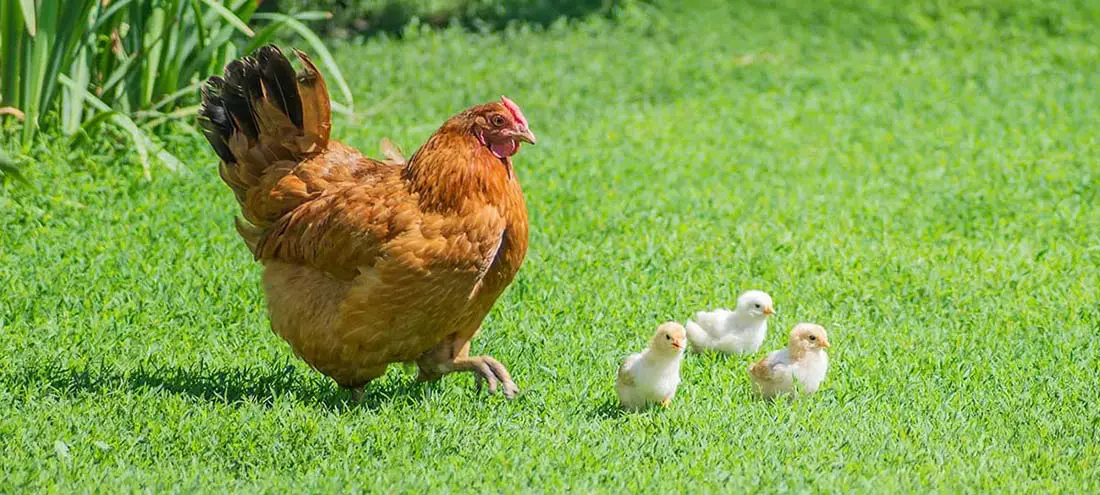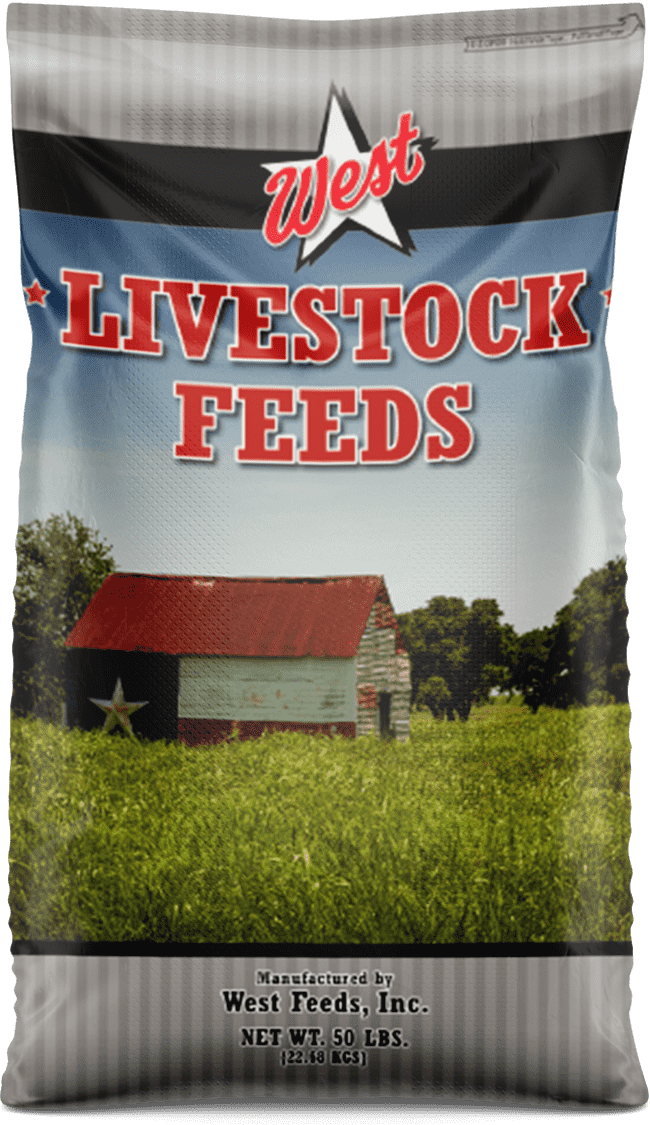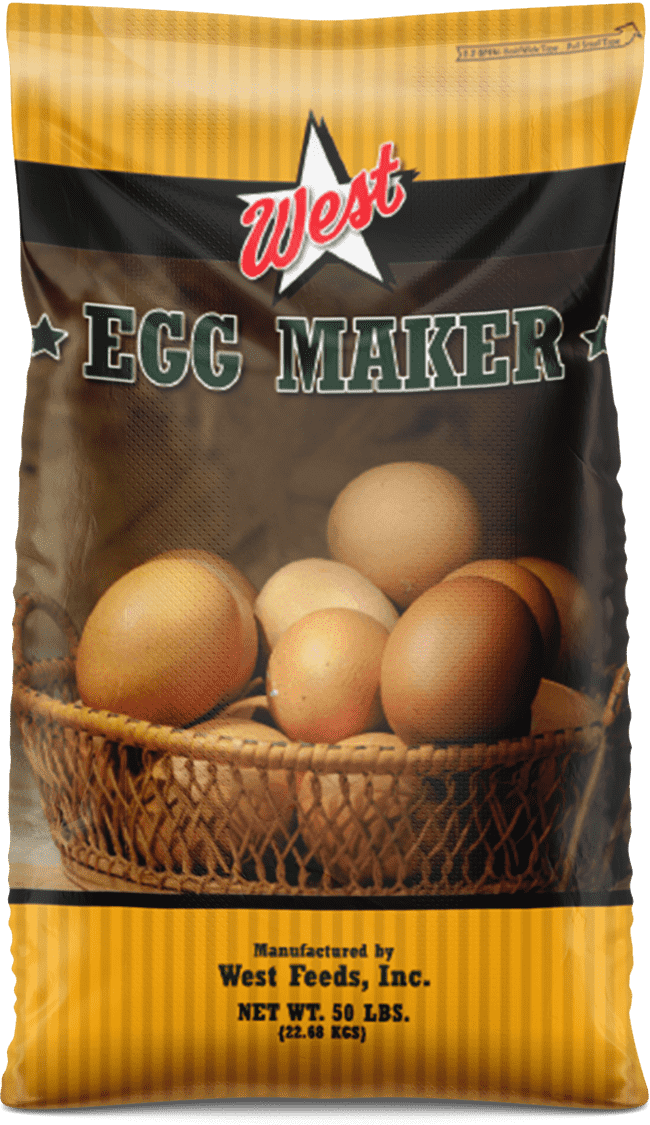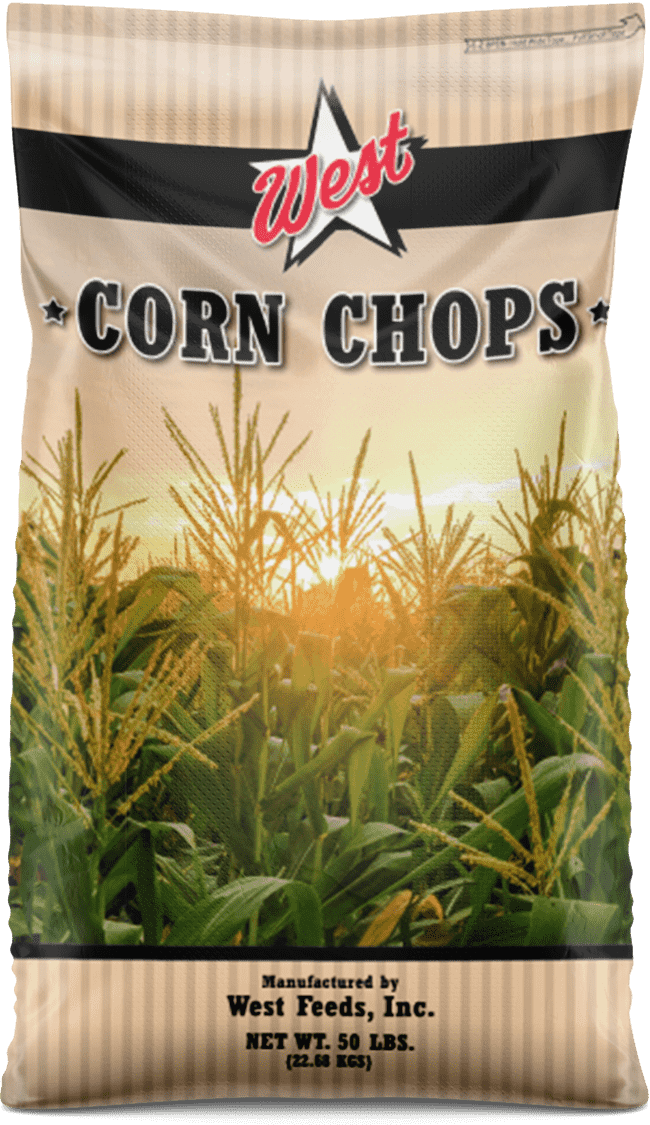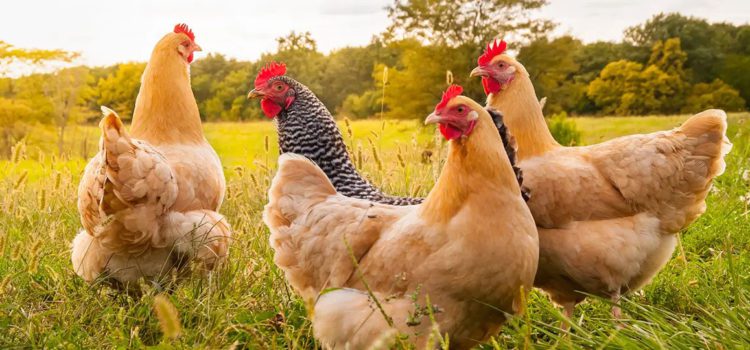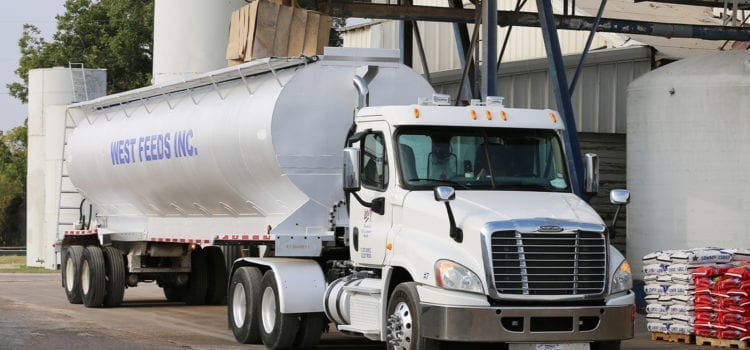The life cycle of a chicken is fascinating, and in more ways than one it mirrors our own. Like us, chickens go from birth, through “awkward” teenage years, and finally mature into taking on the responsibilities of adulthood.
As chicks grow into pullets (teenagers) and eventually reach egg-laying age, their nutritional needs change. In this article we’ll take an in-depth look at the different phases of chicken development and review the most important nutrient needs for each stage.
The Chick Stage
Everything begins with fertilization. Once a hen has successfully mated, she will lay a fertilized egg within a week or two.
The gestation process of a young chicken is quite quick. It takes only 21 days from a hen laying an egg for a chick to emerge from its shell and start learning about the world around them.
You can either use an incubator or allow the mother to care for her chicks on her own. There are pros and cons to each approach. For example, if you are incubating, you can hatch the eggs on your own schedule, in larger quantities, but you also must create a brooder and monitor temperature levels. When utilizing a “broody hen,” as the mother is called when she broods her own chicks, you don’t have to worry about making sure the eggs are warm enough. But, on the other hand, the mother can sometimes actually harm or kill the chicks after they’re born. Take time to do some research and figure out which method is best for your operation.
Once they’re born, young chicks continue growing quickly. Growing chicks need feed which is packed with the right nutrients to fuel their rapid development over their first couple of months. A complete chick starter feed is a safe bet. It’s made especially for growing chicks.
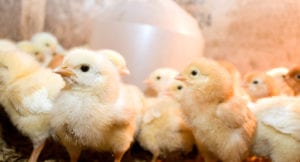
Protein is vital in this stage, so try to get a starter-grower feed with at least 18% protein. The feed should also include amino acids such as lysine and vitamins and minerals to support proper bone development. Additionally, make sure your chicks have constant access to water.
The first, most obvious sign of the chicks’ next stage of development is the shedding of the fine down coat they’re born with. It usually takes a couple of molts before this covering is completely gone.
At around 7 to 10 weeks, the chicks’ adult feathers begin to grow in. This is when you can first determine if the young chickens are male or female. Their feathers’ appearance is one of the clearest ways to tell: females have rounded neck feathers, while males have sharp, pointed ones.
Be aware that chicks are vulnerable to diseases like coccidiosis or Marek’s disease. To prevent these issues, either opt to get your chicks vaccinated or purchase a medicated feed. Don’t do both, however, because they don’t interact well with each other.
The Pullet (Teenage) Stage
From weeks 4 to 6, chicks mature into adolescence. Female adolescents are called pullets. Male adolescents are called cockerels. At this point, it’s time to start separating your chickens by sex.
It’s also during this stage that a “pecking order” will start to develop. This is the social hierarchy of chickens, and the birds will compete for influence by squawking, staring each other down, or pecking each other. Be sure to keep an eye on your teenage chickens so things don’t get out of hand!
Somewhere around 9 to 10 weeks, pullets and cockerels approach the size of fully-grown, adult chickens. At this point, you’ll want to start introducing them to the rest of your flock. Especially with cockerels, though, watch out for conflict with some of the roosters.
What about nutrition? At this point you can continue with a starter-grower feed. Ensure it’s not too high in calcium, as too much of this mineral can negatively affect growth. Alternatively, you could try a grower feed as these are lower in protein—too much protein in a pullet’s diet can make them mature too quickly and begin egg production too early, so keep that in mind.
Adult Hen (Laying) Stage
Around 20 weeks, a pullet starts laying her first eggs. According to some definitions, this is when a pullet becomes a hen. There’s some disagreement where “pullethood” ends and adulthood begins, but it’s just semantics.
Your chicken’s first eggs will be small and possibly misshapen, but that’s no cause for alarm. Their reproductive system just needs more time to develop and it’s getting some “practice” by starting to figure out how to produce proper eggs.
It’s at this time that you’ll want to transition to a layer feed. A hen layer feed is high in energy and has added calcium, vitamins, minerals, and amino acids to help ensure hens produce plenty of eggs with strong shells.
It is best if you gradually transition from starter-grower feed to layer feed, because doing it too quickly can result in digestive issues for your chickens.
Many people also provide free-choice oyster shells to their egg-laying chickens, as these are high in calcium and your chickens can eat them as their bodies need it.
Molting Stage
Molting is a natural and necessary process for chickens that occurs every year. This is where they lose old, broken, and worn-out feathers to grow new healthy feathers. The arrival of fall is marked by shorter days and reduced daylight generally triggers the annual molt in chickens.
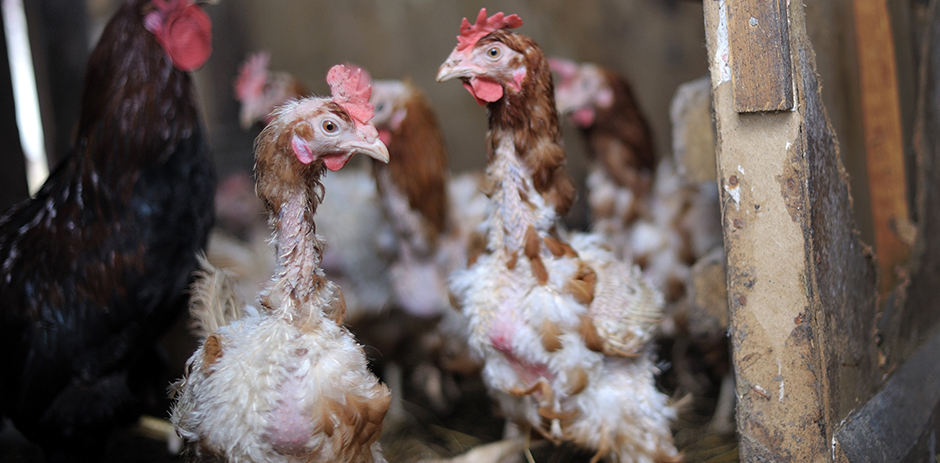
Molting occurs so that chickens have strong feathers to keep them warm in the winter months. During this stage, chickens need a lot of protein since this is what feathers are mostly made of.
Therefore, it’s a good idea to help their feather development by switching to a higher protein feed. Once the molting season is over, switch back to a layer feed.
Wrapping Up
These days, chickens live a lot longer than they once did. You can expect your birds to live anywhere between 5 and 10 years, especially if you pay proper attention to their nutritional needs.
If you’d like to learn more about which feed will work best for your chickens, depending on their age, or would like to purchase some of our high-quality, nutrient-dense chicken feed, please feel free to contact us here at West Feeds.

